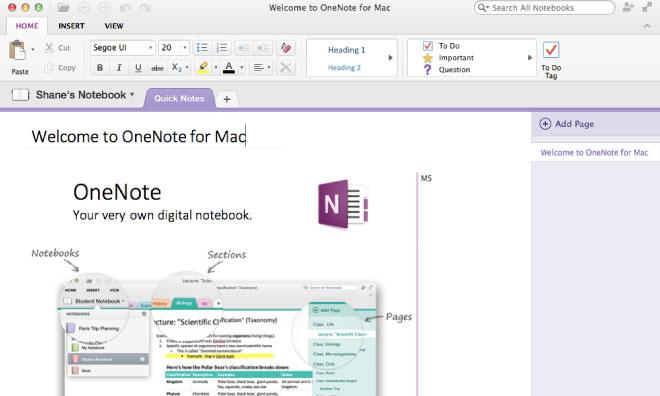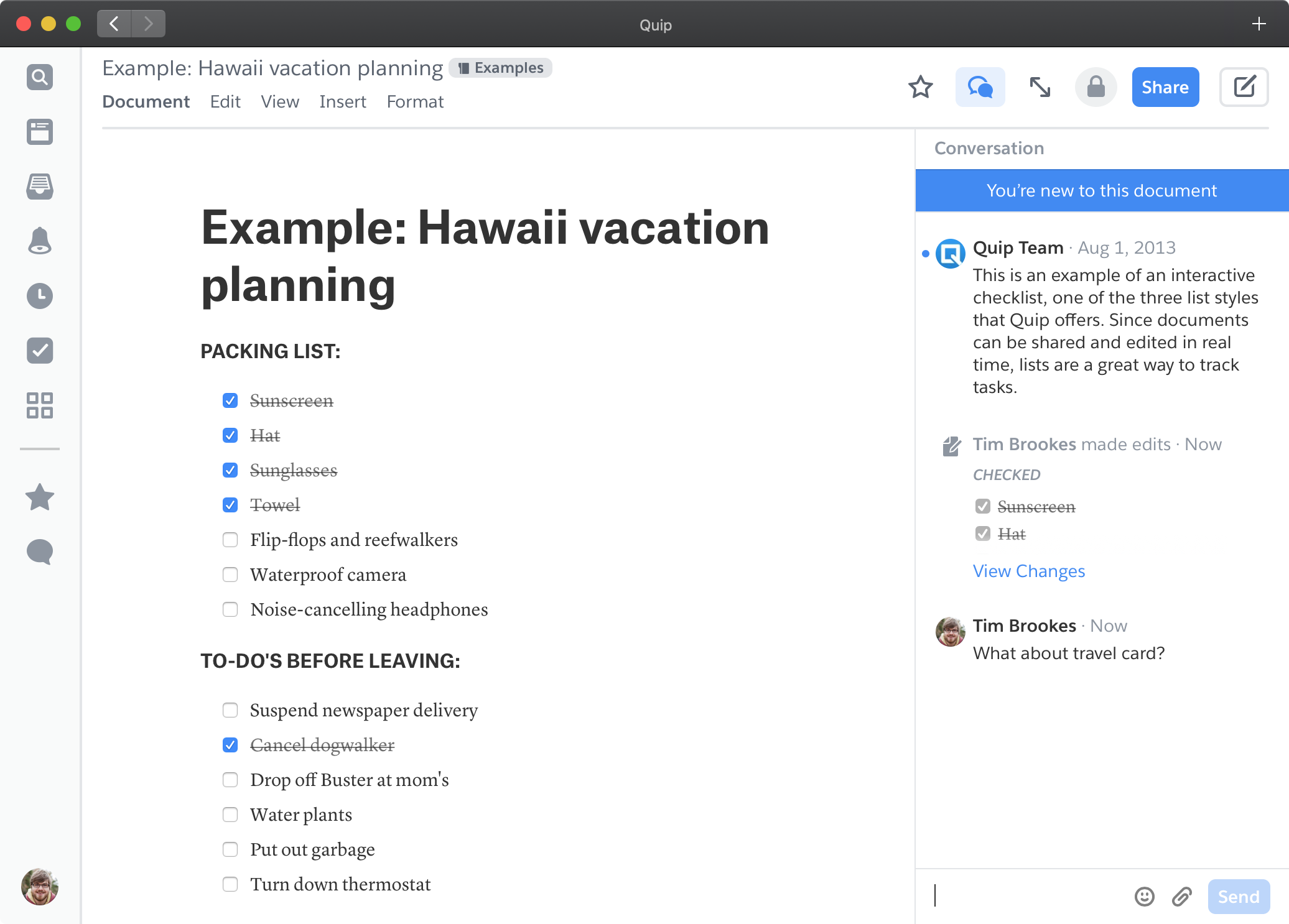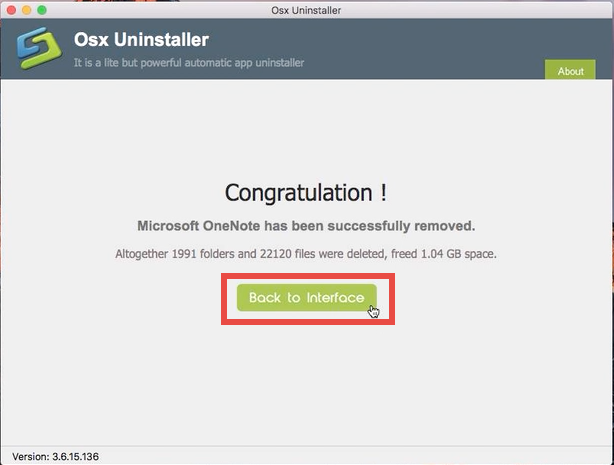To get the most power out of OneNote you want to be able to synchronise the contents of your notebooks between devices and possibly share them with other people.
Cloud based save, sync or sharing is a standard requirement for most software these days and OneNote is no exception by offering such a feature.
However, due to the smart way that OneNote handles synchronisation and coupled with the fact that it’s generally called OneDrive sync – OneDrive of course being Microsoft’s cloud storage platform – confusion can ensue when people start to migrate to using OneDrive for notebook sync.
The Gem Menu for Mac OneNote now provides syntax highlighting of computer program code, and inserting it into the Mac OneNote. Copy Code from the IDE In Mac OS, write Python code in Idle, and you can see that the Python code syntax is highlighted and colored. Guida all'utilizzo di OneNote, app della Microsoft per prendere appunti, da computer e da dispositivo mobile che saranno poi sincronizzati in tutti i disposi.
What they tend to do is copy their notebooks from wherever they used to store them and then paste them into their OneDrive folder. Crack samsung star phone lock. This seems pretty sensible because it’s called OneDrive sync, so we just put the files into OneDrive, right?
Logical, yes. Correct, no.
Another common confusion is that within OneNote a user might create a new notebook ‘on OneDrive’ – this is the default option when creating new notebooks with OneNote – but when they come to browse their OneDrive folder to find the notebook, say they want to back it up or make a copy, they can’t find it.
Right here is the point where it can get slightly confusing and this is what I’d like to address with this article.
To be clear, the two confusions are:
- a notebook that is demonstrably ‘on OneDrive’ remains invisible when access is attempted using the OneNote app
- a notebook that was created by OneNote to be stored on your OneDrive cannot be found, instead there’s a strange file that’s only 1KB is size and it most definitely is not a OneNote notebook

Why is this?
There is a lot of magic going on behind the scenes when OneNote & OneDrive are syncing your changes between machines.
Normally, cloud sync services like OneDrive or Dropbox copy the newest version of the file up to the cloud and then send it out to all the other devices logged in to that account.
When OneNote does its native ‘OneDrive sync’ it actually only sends the changes up to the cloud which subsequently then sends these changes out to the other devices.
Onenote Osu
The important thing is that you have a full copy of the notebook on your local machine and it’s only the changes that are being synced.
That is to say the file isn’t actually on OneDrive as a file that you can open. You have the notebook stored on your machine (tucked away somewhere) and it just happens that it’s on the OneDrive servers where this special OneNote-only synchronisation occurs, hence the confusion.
The placeholder that sits within your OneDrive with the same name as the notebook is just a shortcut to the web-only OneNote view. If you open the file with a text editor you can see the contents:
Ok, so what does this all mean?
If you want to share your notebook between devices and/or other people then you need to use the OneNote program itself to plumb in the syncing. It needs to create or move the notebook and then tell OneDrive that you’re now using OneNote syncing, hiding the notebook and then leaving that shortcut placeholder.

What I actually want is a physical copy of my notebook so I can back it up
You can get that and still use OneDrive syncing. Under Options > Save & Backup you can tell OneNote to automatically place backups in a location that you dictate on schedule between once a minute and once every 6 weeks. Confusingly you could even set that backup folder to be on OneDrive where it would then sync the actual .one OneNote file(s) between your machines as you would expect.
But I really don’t want to use OneDrive
Firstly it’s worth noting that to use OneNote syncing to OneDrive you don’t need to install the OneDrive cloud sync software; it’s all built into OneNote.
But that said, if you really want to lose the ability to sync your notebook to mobile devices or if you are prepared to get sync conflicts when you share the notebook old-school using your cloud sync platform, then this is still an option for you.*
When creating a new notebook simply don’t select OneDrive as the location, choose This PC and select where you’d like to store the physical file.
If, however, you are already syncing your notebook via OneDrive then just use the export command. Export the page, section or entire notebook into the OneNote native format and you can put it wherever you want. OneNote will still be able to open it. You just cannot share it very easily (or effectively).
* this is not currently an option for iOS, Android or OSX versions of OneNote, your only option is to use OneDrive syncing.
I definitely want to start syncing using OneDrive so I can get my notebooks on all devices, how do I make it work?
Assuming you have a .one or .onepkg file created by OneNote you just open it normally; you don’t copy the notebook to OneDrive first.
Then go to File > Share. Select (or login) to your OneDrive and press Move Notebook.
All the magic now happens and you should eventually see the shortcut file in your OneDrive folder.
If you open the OneNote program on your phone or other device, that notebook should now be in the list of notebooks that you have available to open.
Summary

A lot of magic happens under the hood with OneNote syncing. To get it working you simply need to use the OneDrive syncing options within OneNote itself.
Is Onenote Available For Mac
If you’d like to delve slightly deeper into how that syncing magic works then check out this blog post by Omar Atay, who works on the OneNote team and is the developer of Onetastic a very popular OneNote add-in.
More like this?
If you found this useful then you might like my OneNote blog as it covers similar topics.
Also, if you’re looking to super-charge your OneNote productivity then I have a book in the works that will help you Get Stuff Done with OneNote.
As predicted a week ago, Microsoft has just released a version of its OneNote client for OS X—it's currently a free download in the Mac App Store, and it's available for any Mac running OS X 10.9. The full Windows version of OneNote 2013 has also been released as a free download, and it includes all the features of the standard OneNote client that comes with Office 2013 for Windows.
The new OneNote for Mac app is interesting both because the app has never been available in OS X before and because it has been a few years since the other Office for Mac applications—Word, Excel, PowerPoint, Outlook—have been updated. The application's user interface is more in line with the 'ribbon' UI used in the Windows versions of Office, and it may give us an idea of where Microsoft is headed with the next version of Office for Mac (the rumor mill says we'll see an update at some point this year).
When you download OneNote for Mac, you'll first be prompted to sign in with your Microsoft account. Minecraft custom maps 1.3 2 download. Unlike the free Windows version of OneNote, you've got to use a standard Microsoft account with OneNote for Mac—you can't use it as a local, standalone application, and you can't use it with a corporate Microsoft account either. Once you've signed in, you'll be presented with an OS X-ified version of the Windows OneNote client. Microsoft has done a good job balancing its own design language (namely, the tabs of the ribbon UI) and OS X design conventions (a search box in the upper-right, full Retina display support, and full-screen mode support).
After years of treating the Office for Mac applications as second-class citizens with entirely separate designs from their Windows counterparts, Microsoft has been making an effort to unify the applications in recent years. The Office for Mac 2011 apps feature far better compatibility with documents created by the Windows versions, and they jettisoned the execrable Entourage e-mail client for an imperfect-but-still-better version of Outlook. If OneNote for Mac is any indication, the next Office for Mac applications will be much better translations of the Windows versions. Even the application's icon is a better cross between OS X and Windows, marrying the Windows application icon with the gentle color gradient used in many OS X icons.
AdvertisementOsx Onenote Alternative
While the OneNote for Mac application is pretty good, the Windows version remains more feature-rich. The free OneNote 2013 application for Windows has all the same features of the version that comes bundled with Office, including several that the Mac version lacks. Here's a list of what you can do in OneNote 2013 that you can't do in OneNote for Mac:
- Insert file attachments, online images, or images directly from scanners
- Insert recorded audio or video
- Insert symbols or equations
- View detailed information on revisions and what users those revisions were made by
- Use drawing tools
- Send screen captures or text clips to OneNote through the 'Send to OneNote' add-on
- Save or open local files

You'll also find these kinds of limitations in the online and mobile versions of the application—it's too bad that Microsoft didn't try to support all of the same features across all of its desktop clients. Alternative notebook applications like Evernote do a better job of providing the same features to users regardless of their chosen platform.
All in all, the OS X version of OneNote falls short of the Windows version—you can't run a local installation with no Microsoft account, and there are several editing tools that just aren't available. Still, as a tool to sync basic notebooks between your Windows PCs and phones and your iOS and Android devices, OneNote for OS X is an improvement over the Web client and points the way forward for the next versions of Office for Mac.
Onenote Linux Install
Listing image by Andrew Cunningham

